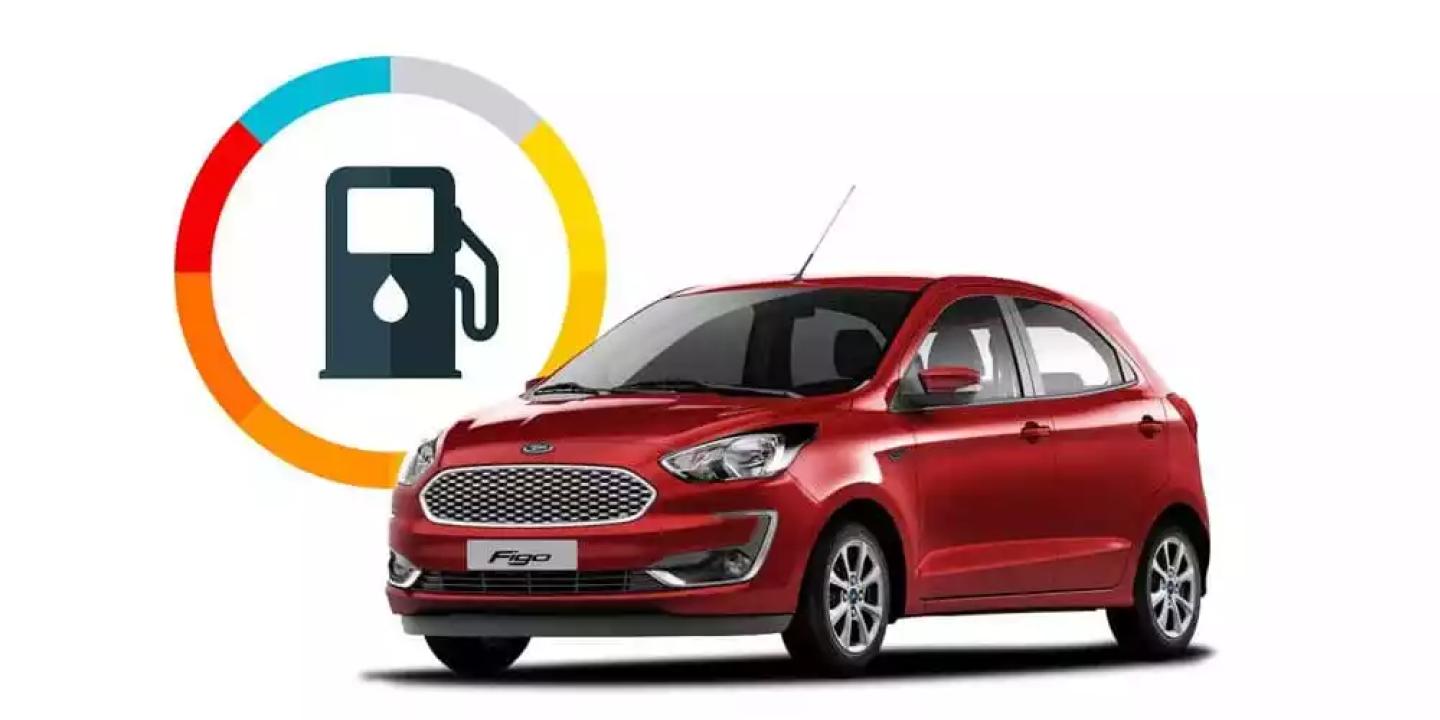Why Mileage Matters
What good is a car if it runs out of fuel before you even get started? That’s why good mileage is essential.
Whether your car is new or old, it should offer decent mileage. Poor mileage means spending more on fuel, a less enjoyable drive, and more harm to the environment. The good news? With some simple changes, you can make every liter of fuel count. Here’s a detailed guide on How to increase car mileage.
What Is Mileage?
Mileage is the distance your car can travel using a specific amount of fuel. For example, it shows how many kilometers you get per liter of fuel. Mileage tells you how efficiently your car uses fuel, helping you assess its performance.
Different driving conditions affect mileage. For instance, cars often perform better on highways compared to rough or city roads.
What Is Good Mileage for a Car?
The answer depends on many factors. A used car in good condition with about 80,000 km on the odometer is often a good deal. Similarly, a car with 16,000 km or more can still serve you well for years if properly maintained. Considering average mileage helps evaluate a car’s value and lifespan.
Some luxury cars in India offer impressive mileage:
BMW XM: 61.9 kmpl (₹2.98 Cr)
Mercedes Benz AMG C 63: 50 kmpl (₹1.95 Cr)
BMW M5: 49.75 kmpl (₹1.99 Cr)
Popular SUVs like the Tata Punch, Maruti Suzuki Grand Vitara, and Kia Sonnet also deliver great mileage.
How to Calculate Car Mileage
Fill your tank and note the odometer reading.
Drive a significant distance and refill the tank.
Note how many liters were added.
Check the new odometer reading.
Use this formula: Total Distance ÷ Fuel Added = Mileage
Why Does Mileage Drop?
Older cars tend to give lower mileage. Driving >
8 Ways To Increase Car Mileage
Drive Smart
Good driving habits make a big difference. Drive at a steady speed between 55-95 km/h. Avoid driving under 40 km/h, which strains the engine, and over 80 km/h, which increases air resistance and tire friction. Avoid sudden braking or hard acceleration to save fuel and maintain good mileage.Check Tire Pressure
Keep your tires properly inflated. Low tire pressure increases friction with the road, wasting fuel and wearing out tires faster. Over-inflated tires may save fuel but can reduce grip and stability, which is unsafe.Use Quality Engine Oil
The right engine oil keeps your car running smoothly. Follow your car manufacturer’s recommendations for oil quality and viscosity. Poor-quality oil can hurt engine performance and reduce mileage. Good oil and lubricants can improve mileage and extend engine life.Align Wheels Regularly
Misaligned wheels make the engine work harder, increasing fuel consumption and wearing out tires unevenly. Check wheel alignment regularly to save fuel, prevent extra maintenance costs, and keep your car running smoothly.Shift Gears Properly
Shifting gears at the right time helps save fuel. For manual cars, avoid over-revving the engine. In automatic cars, accelerate gently and let the car shift gears smoothly. This reduces engine wear and fuel usage.Use AC Wisely
The air conditioner puts extra load on the engine, lowering fuel efficiency. On mild days, use natural ventilation or open windows instead. Limit AC use when possible to save fuel and reduce engine strain.Maintain a Constant Speed
Instead of frequently speeding up or slowing down, aim to maintain a steady speed. This reduces strain on the engine and improves fuel efficiency, whether you're driving in the city or on highways.Reduce Car Weight
A lighter car uses less fuel. Remove unnecessary items, especially from the trunk, to reduce weight. For every extra 45 kg, fuel efficiency drops by about 2%.
Tools and Technology for Better Mileage
Modern tools and technology can help you improve car mileage. Here’s how:
Mileage Apps: These apps help track fuel usage by logging the distance traveled, fuel consumed, and refill costs. They can also highlight driving patterns, road conditions, and fuel types, giving you valuable tips to save fuel.
Eco-Driving Mode: Many modern cars come with eco-driving modes. These adjust climate control, throttle response, and engine settings to focus on fuel efficiency. Cars with onboard analytics also provide real-time feedback on fuel economy, braking, and acceleration, encouraging better driving habits through gamification.
How Much Can You Save?
The fuel and money you save depend on your car’s condition and driving habits. For example, turning off the air conditioner can save up to 4% on fuel. By following these tips, you can enjoy a more fuel-efficient car, save money, and reduce your environmental impact.
Even small changes, like regular maintenance and better driving practices, can have big benefits. Don’t forget the importance of car insurance—it offers financial protection in case of unexpected issues. Together, these steps will help improve your car’s performance, safety, and long-term costs.













